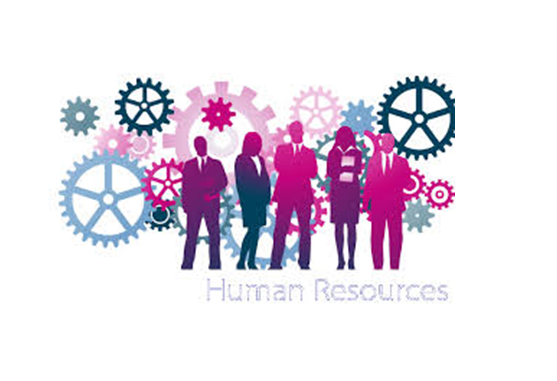Retention is the backbone of any company. How well a workforce maintains and retains its resources is pivotal to the long term success of a company. Withstanding all of this comes in the role of the much acclaimed and often debated HR within the company and we all are often left wondering how to move forward within the discipline. Each company approaches this management aspect in a different manner and obviously would have much to broach on the subject so we decide to go ahead and ask a few individuals (noted ones) to come in and offer their insights upon the subject of how the most important resources in a workforce should be managed , that is the employees.

1. Lesser Working Days
These are the opinions of people like Richard Branson on employees’ working week. In fact the idea is to push for a 3 day working with each day having 11 working hours. Branson’s belief, supported by Carlos Slim is purely based on the notion that humans work better with eased and relaxed minds rather than in a hectic and tight schedule. We have come a long way from the 20th century when the management model was focused on taking benefits away from employees if the performance was not up to scratch. Now with the addition of motivation, most managers are more open to the idea of relaxed working but a dynamic change such as the one suggested by Branson is contentious. With card played right however, it might just be revolutionary too.
2. Workplace Flexibility
Turnstone’s own Brian Shapland does not like the idea of employees sitting all the time at their desks, he believes employees should be moving about and interacting with different people around the office as they work. One of the keystones in getting that rolling has been the normalizing of laptop usage over desktops so now employees move around and sit with different people throughout the working day.
This benefits the workers themselves in two ways. One it gets them moving around the office so that ends up being better for them health wise. It keeps their physique in check and irregularities such as stress and blood pressure are warded off. The second this this achieves is integration amongst the workforce.
Shapland’s argument is not without reason. We can facilitate greater space within our office by minimizing the desk space and installing more couches within the rooms. Many argue about the expense incurred off this which is also twofold. For one, it means greater space investment which is a cost too. Secondly, since a lot of this space might not be utilized for the “work” itself it add itself as an indirect cost.
3. More Engagement, More Leisure
Lucy Adams urges HR admins to be active in understanding employees. This stretches across a number of factors really and this means that managers have to get to know their workforce a lot more. Experts have always stressed upon the need of having casual trips or office parties in which you can interact with your employees in a manner independent from your work.
A lot of managers support the idea of a retreat or a vacation paid for by the company. The most obvious criticism against such arguments lies in the fact that these trips are costly. Though there are certain offers on hand which you can take for economical travelling, it still is an option that many managers feel is best left to organizations with enough reserve. The key point however is that the management has to understand its employees better. What motivates them, what they like or dislike are all questions which managers can use to build a better relationship with their employees and this contributes to building a better morale. This is all intangible but it stretches itself to having a more productive workforce, a mentally enthusiastic and motivated workforce which ultimately is what everyone in the organization wants.

